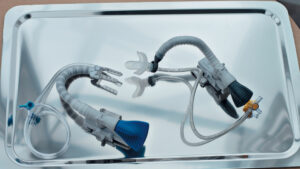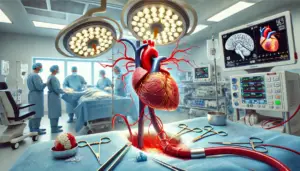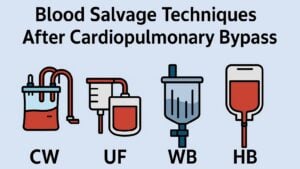Patients in intensive care are exposed to the risk of microparticle infusion via extracorporeal lines and the resulting complications. A possible source of microparticle release could be the extracorporeal circuit used in blood purification techniques, such as continuous renal replacement therapy (CRRT). Disposable components of CRRT circuits, such as replacement bags and circuit tubing, might release microparticles such as salt crystals produced by precipitation in replacement bags and plastic microparticles produced by spallation. In-line filtration has proven effective in retaining microparticles both in in-vitro and in-vivo studies. In our study, we performed an in-vitro model of CRRT-treatment with the aim of detecting the microparticles produced and released into the circuit by means of a qualitative and quantitative analysis, after sampling the replacement and patient lines straddling a series of in-line filters. Working pressures and flows were monitored during the experiment. This study showed that microparticles are indeed produced and released into the CRRT circuit. The inclusion of in-line filters in the replacement lines allows to reduce the burden of microparticles infused into the bloodstream during extracorporeal treatments, reducing the concentration of microparticles from 14 mg/mL pre in-line filter to 11 mg/mL post in-line filter. Particle infusion and related damage must be counted among the pathophysiological mechanisms supporting iatrogenic damage due to artificial cross-talk between organs during CRRT applied to critically ill patients. This damage can be reduced by using in-line filters in the extracorporeal circuit.
Keywords: CRRT solutions; In-line filtration; Membrane fouling; Plastic bags; Replacement.







